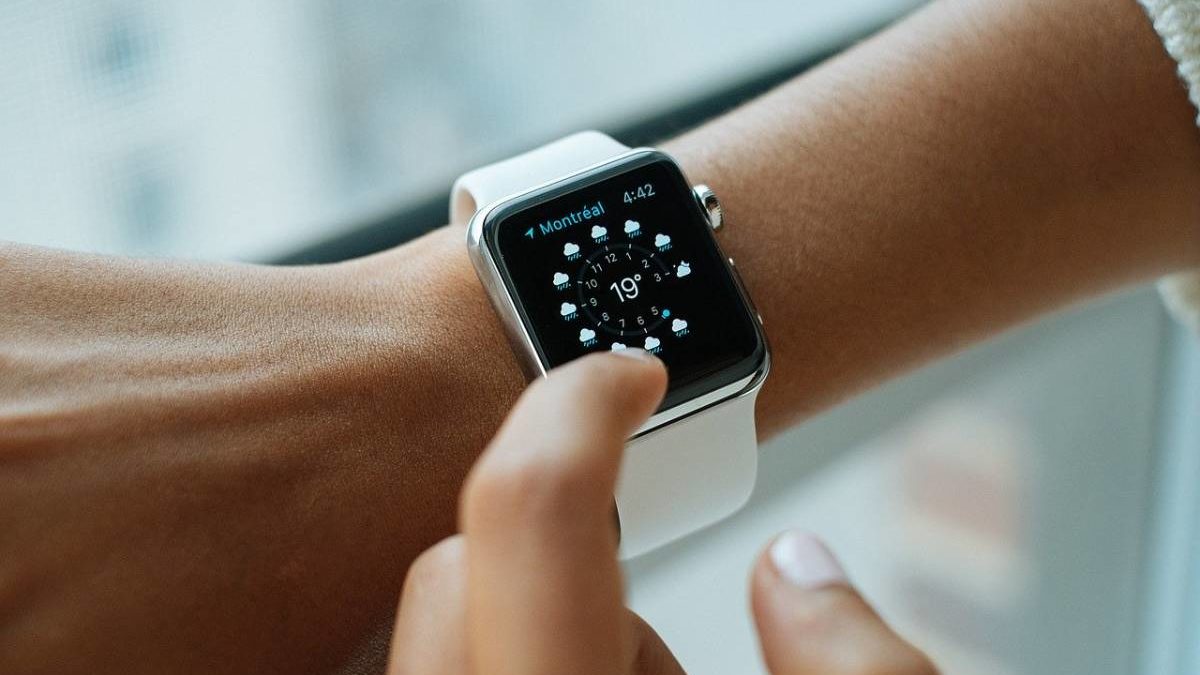
What is one task that you can do without any assistance from technology? You will soon realize that virtually everything in your home is now technologically advanced. Our digitally and functionally advanced age is upon us. We have many applications on our mobiles that remind us to drink water, but also track our steps and the calories we burn. We are all dependent on technology, from our office to our educational institution. We often hear how the technology invasion has taken us out of our daily lives. Many of us are also benefiting from it in a positive way.
What is the impact of technology on your life?
Most of us were blessed with the ability to live a normal life. The people who were born with a little more specialness than we are, live the same life as us. They only differ in that they are a little more technologically advanced than we are. Look around you. Our kids love gadgets and our students learn with technology. In our modern classrooms, assistive technology is used to create a better learning environment. Recent statistics show that students have more technology skills outside of school than inside. Technology is not just for children and adults.
As we age, we become more susceptible to illnesses like arthritis, bone degeneration, and calcium deficiency. As we age, our bones become more fragile. Elders who have difficulty walking or are restricted to a wheelchair must be around us. Our lives are so chaotic and busy that we don’t have time to take our elderly out for a walk. They are now independent in their mobility thanks to assistive technology. Online, you can find affordable transport chairs for them. They can control the chair to move themselves.
Do you want to learn more about the assistive technologies that can be helpful? You can find a list of some for you.
Text-to-speech software
There are people who cannot write. They either have dyslexia or some other visual impairment. Text to speech software is an assistive device that can help you read standard print. It helps children who have autism, blindness or a loss of brain functions due to a tragedy. The software reads out the words in a synthesized voice. The software also makes use of a wide range of speech sounds to form words in different contexts. Text to speech software helps users to better understand the meaning of the words and improve their learning.
Hearing Aids
Some people have hearing impairment from birth, and others develop it as they age. This is a hearing loss. We cannot respond if we can’t hear what the person is saying. Hearing and speech centers in the brain are connected. Hearing aids consist of a powered electronic device that has a microphone that picks up the sound and an amplifier that amplifies it. The receiver then sends that sound to your ear. Hearing aids can help 1 in 5 people improve their hearing. A frequency modulation system (FM) can be used to help people listen better.
Writing Support
Low muscle strength can cause many children to have difficulties writing or gripping the pencil. Writing struggles are mainly caused by a lack of motor skills. You can help your child learn to write by using artificial pencil grips, or gadgets that translate spoken words into written ones. Software that helps people with paralysis and loss of full limb movement is available to help them write.
Smartwatches
Smartwatches, as much as we may find them a little fanciful, are actually helping many people with their daily lives. Braille is often required by blind people to read and write. Smartwatches can be linked to their phones and used for voice commands. Smartwatches have advanced software to help with their daily lives. Its location and position sensors can be used by parents and caregivers in order to track a child or a family member who is disabled.
Sip-and-puff systems
People with a loss of movement, whether complete or partial, also need to be able to communicate. They will also need to be able to control their devices if they work. These systems let users control their mobile devices or computer systems by simply sipping or puffing through the mouth. It has a joystick-like controller that can be moved in any direction or navigated by simply sipping and puffing. The system also features an on-screen keypad that allows users to type by following the same pattern.
Conclusion
Thanks to rapid technological advancements, people who have difficulty learning, writing or moving can now do their jobs the same way as we do. The assistive technologies are changing the lives of many people by allowing them communicate, write or learn at their pace. Artificial intelligence technology is helping people to control their devices and guide them on their route. By linking the tracking with the devices, it allows caregivers to be more effective in ensuring the safety of loved ones.







